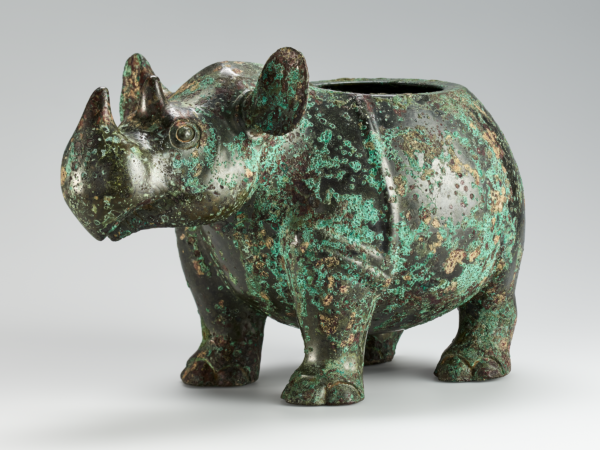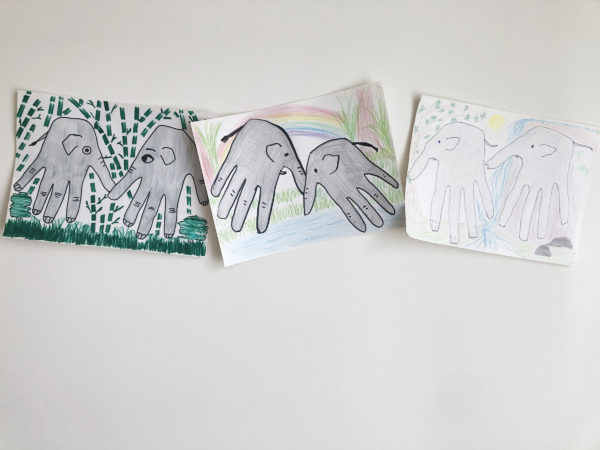Introduction
Scholars often refer to the Tang (618–907) and Song (960–1279) dynasties as the “medieval” period of China. The civilizations of the Tang (618–907) and Song (960–1279) dynasties of China were among the most advanced civilizations in the world at the time. Discoveries in the realms of science, art, philosophy, and technology—combined with a curiosity about the world around them—provided the men and women of this period with a worldview and level of sophistication that in many ways were unrivaled until much later times, even in China itself.
The Song dynasty was the second great “medieval” period of China. But unlike the Tang, it coexisted uneasily with powerful rivals to the north. These rivals were the Khitan Tartars of Manchuria and Mongolia, kept at bay only through costly bribes, and the Jurchen people of Central Asia, who were intent on conquering China but could not be influenced by payoffs. While the Song dynasty managed to recapture—and develop—much of the glory of the Tang, it did suffer a blow in 1127 when the Jurchen took the capital of Kaifeng, and sent the Song Chinese administration southward, to establish the Southern Song capital at Hangzhou, near modern Shanghai. Still the Northern Song (while it lasted) and the Southern Song (from 1127 until 1279) achieved incredible feats of learning, science, art, and philosophy. To the Chinese, the Song was a period certainly as great as the Tang. International trade and exchange of ideas continued to flourish, although (during the later Song) primarily through expanding networks of southern sea ports and ocean-going argosies.
Philosophy
Song intellectuals reacted to the threatened existence of their dynasty by developing a defensive, inward-looking strategy: a belief that the Chinese and only the Chinese were capable of true greatness. Some closed their minds to the world outside China and set about the task of defining Chinese canons of proper behavior, government, and arts. Most Buddhist doctrines (judged to be non-Chinese) were largely purged during the Song, and the native Chinese philosophies of Confucianism (in particular) and Taoism saw a resurgence. In fact the great philosopher Zhu Xi taught hopeful students a new and “purer” version of Confucianism that came to be called “Neo-Confucianism.” This philosophy tried to recapture the Confucianism of the past, while integrating other philosophical ideas that had since come into existence. Neo-Confucianism taught people proper Chinese views of the cosmos and of behavior, and provided answers for other “big questions” of life. Most of its ideas and practices survive to the present day, and have also had a notable impact on later societies in Korea and Japan.
Science and Technology
During the Song, great advances were also made in science and technology. Hydraulic engineering, from canal and bridge building to the construction of enormous seafaring vessels, was perfected. Chemical science, pursued in the secret laboratories of Taoist scholars, helped to produce important compounds and chemicals, including gunpowder—and by the year 1000, bombs and grenades became available to Song armies. Biology too made enormous strides: famous physicians conducted well-documented experiments, and many of their efforts helped to codify and improve what was already known in the healing arts of acupuncture and traditional medicine. Perhaps the most significant advance, however, was the invention of movable type printing, achieved around the year 1040, four hundred years before Gutenburg’s printing innovations in Europe. Song printed editions of texts—previously transmitted as handwritten manuscripts—helped to spread literacy and knowledge throughout the realm. Many books survive to this day; they are technological marvels that are highly prized as some of the most beautiful books ever produced.
Art and Culture
Song dynasty artists explored new themes and techniques in painting and ceramics. The Song interest in science and minute observation of the world resulted, somewhat paradoxically, in large- scale grand landscape paintings that explore the world in fine detail. New glazes and porcelain techniques flourished. Song artists were interested in both the monumental and the delicate; in the functional and the mysterious, all of which they recognized as intrinsic natural phenomenon of the world. Ordinary and educated people alike were exposed to art and literature through the new invention of printing, which encouraged the development of drama and fiction. Creative pursuits were unified by a cultural inclination to connoisseurship: the wealthy and even not-so-wealthy shared an interest in art, literature, and science, and cultivated good taste in their patronage of the arts. The Song love of the refined extended to relics and antiques, which helped to foster the nascent science of archaeology, as well as the older art of forgery. Connoisseurs embraced even cuisine and gardening, which were transformed into gentlemanly concerns for the first time.
As with the Tang, Song poetry is held in high esteem by the Chinese, but it is different from the Tang varieties. Whereas Tang poets tried to capture fleeting moments and transcendent thoughts, Song masters enjoyed using poetry to explore all aspects of the world around them, including the mundane. Song poetry is thus filled with interesting, sometime humorous, accounts of picnics, travel, wine drinking, and even such quotidian events as going to the dentist or suffering in the summer heat. Nothing was off limits to the writers of Song, and with printing freely available, everything seemed to get published. While the surviving poems of the Tang might number in the tens of thousands, no one has inventoried how many poems survive from the Song; they could number as many as half a million.
Fall of the Song Dynasty
The rule of the Song ended in 1279 when Mongol leader Khubilai Khan, having conquered the Jurchen regime in northern China, swept through southern China and brought the Song territories entirely within the fold of the newly proclaimed Yuan dynasty. But that begins another story. The Tang and Song dynasties, fraternal twin dynasties of China’s medieval period, stand out as among the most accomplished of all civilizations in global history: they gave the world many contributions and helped to shape Chinese civilization into what it is today.







